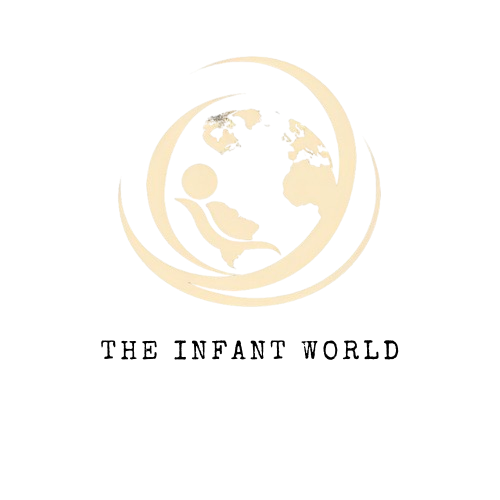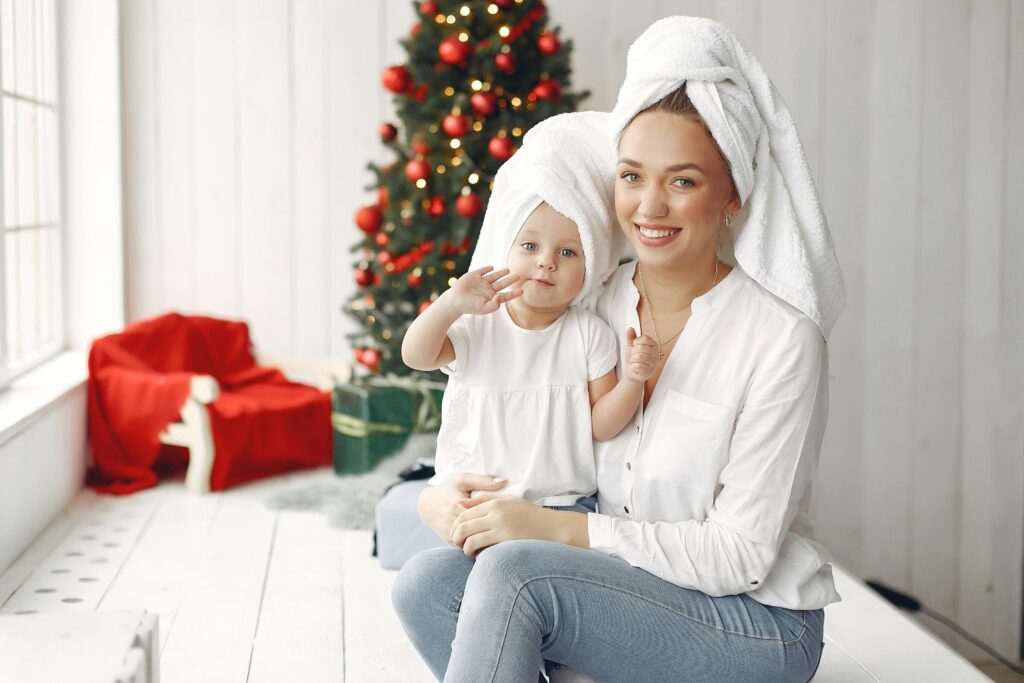A newborn brings delight and a plethora of fresh experiences and priceless moments into your life. In between the kisses and coos, your child’s overall health depends on you taking good care of their sensitive hair. Although a complex hair care routine is not necessary for babies, knowing the fundamentals and adhering to a gentle practice helps encourage healthy hair growth and scalp health. We’ll cover every facet of newborn hair care in this extensive book, including in-depth analyses and professional advice to keep your baby’s hair silky, glossy, and tangle-free.

Understanding Newborn Hair: It’s important to comprehend the special qualities of newborn hair before getting into the finer points of a hair care regimen. The majority of newborns have thin, wispy hair that varies in thickness and texture. Known as lanugo, this first hair has protective properties while the fetus is still inside the womb but usually falls out in the first few weeks following birth. Babies may grow new hair after this shedding that varies in thickness, color, and texture. Parents can anticipate and adapt to their baby’s changing hair demands by being aware of these natural changes.

Choosing the Right Products: It’s critical to protect your baby’s sensitive scalp and hair by using the right hair care products. When selecting infant shampoos and conditioners, go for products made especially for babies or people with delicate skin. Seek for products free of harsh ingredients like alcohol, parabens, and sulfates, as well as those that are hypoallergenic and fragrance-free. With their mild formulas, there’s less chance of irritation and allergic responses, giving your baby’s scalp a comforting and loving experience.

Pre-Bath Preparation: Set the stage for a relaxing and pleasurable bath time experience for both you and your child by getting ready in advance. Assemble all the bathing necessities before starting, such as a delicate baby brush or comb, a soft towel or bath mat, and the selected shampoo and conditioner. Make sure there is no draft and the bathing space is heated to avoid your infant being cold while being bathed. You may improve your child’s entire bathing experience by setting up a comfortable space.

Bath Ritual: Your baby’s sensitive scalp and hair can be gently cleaned at bath time. Wet your baby’s scalp with lukewarm water before beginning an efficient hair wash. Take about the size of a dime’s worth of baby shampoo and work it into a lather between your fingertips. Gently massage your baby’s scalp in circular strokes after applying the shampoo, being sure to cover the entire area without too rubbing or straining. To avoid irritation, thoroughly rinse the shampoo with warm water, being careful to get rid of any remaining residue.

Drying Techniques: To prevent tangling and breaking, it’s critical to gently dry your baby’s hair and scalp after bath time. Use a soft towel to gently pat the hair and scalp dry rather than rubbing it in a rough manner. Rubbing too much might cause friction and possibly harm the fragile hair follicles. You can speed up the drying process if your kid has longer hair or if you just prefer it. Just use a hair dryer on the low heat setting. To avoid overheating and pain on the scalp, keep your distance from your baby’s head at least six inches.

Detangling and Styling: Use mild detangling methods on babies whose hair is longer or more prone to tangles. Start at the ends and work your way up to the roots of any knots with a baby brush or comb that has soft bristles. Tight ponytails and braids, among other hairstyles that put pressure on the scalp, should be avoided since they may lead to discomfort and even breaking of the hair. Instead, embrace your baby’s distinct texture and features by going for loose styles or letting it fall naturally.

Scalp Massage: Your infant will benefit greatly from a mild scalp massage in addition to relaxing. Massage increases blood flow to the scalp, which fosters the growth and nurturing of healthy hair. Spend a few minutes every day gently massaging your baby’s scalp in circular strokes with your fingertips. Your infant will feel soothed and less dry and flaky as a result of the natural oils being distributed. Additionally, cradle cap, a common scalp ailment in newborns characterized by flaky, dry skin, can be prevented and managed with the use of scalp massage.

Cradle Cap Care: Although it’s harmless, many parents worry about cradle cap. This disorder, which is caused by hyperactive sebaceous glands, can affect neonates and manifest as thick, yellowish scales on the scalp. Although cradle cap usually goes away on its own, mild upkeep and treatment can help reduce symptoms. To get rid of extra oil and scales, start by giving your baby’s scalp a wash using a gentle baby shampoo. To lift and loosen the scales, gently massage the scalp with a soft brush. Refrain from picking or scratching the afflicted regions as this may aggravate the situation and perhaps cause an infection.

Tracking Hair Growth: You’ll probably notice variations in your baby’s hair as they get bigger and stronger, in terms of thickness, color, and texture. Telogen effluvium, or temporary hair loss or thinning in particular areas, is a common occurrence in infants and is a normal aspect of the hair growth cycle. However, it’s crucial to seek advice and an assessment from your pediatrician if you observe any unsettling alterations or irregularities in your baby’s hair development or scalp health. For your child to have the healthiest possible hair and scalp, your pediatrician can provide tailored advice and treat any underlying issues.

In conclusion, giving your baby’s hair some sensitive, loving attention is a loving experience that strengthens the link between you and improves their general wellbeing. You can support the maintenance of healthy, glossy hair from the start by being aware of the special requirements of your baby’s scalp and hair and by adhering to a mild yet regular regimen. As you walk the journey of parenthood, embrace the inherent beauty of your baby’s hair and treasure these priceless moments of care and connection.


